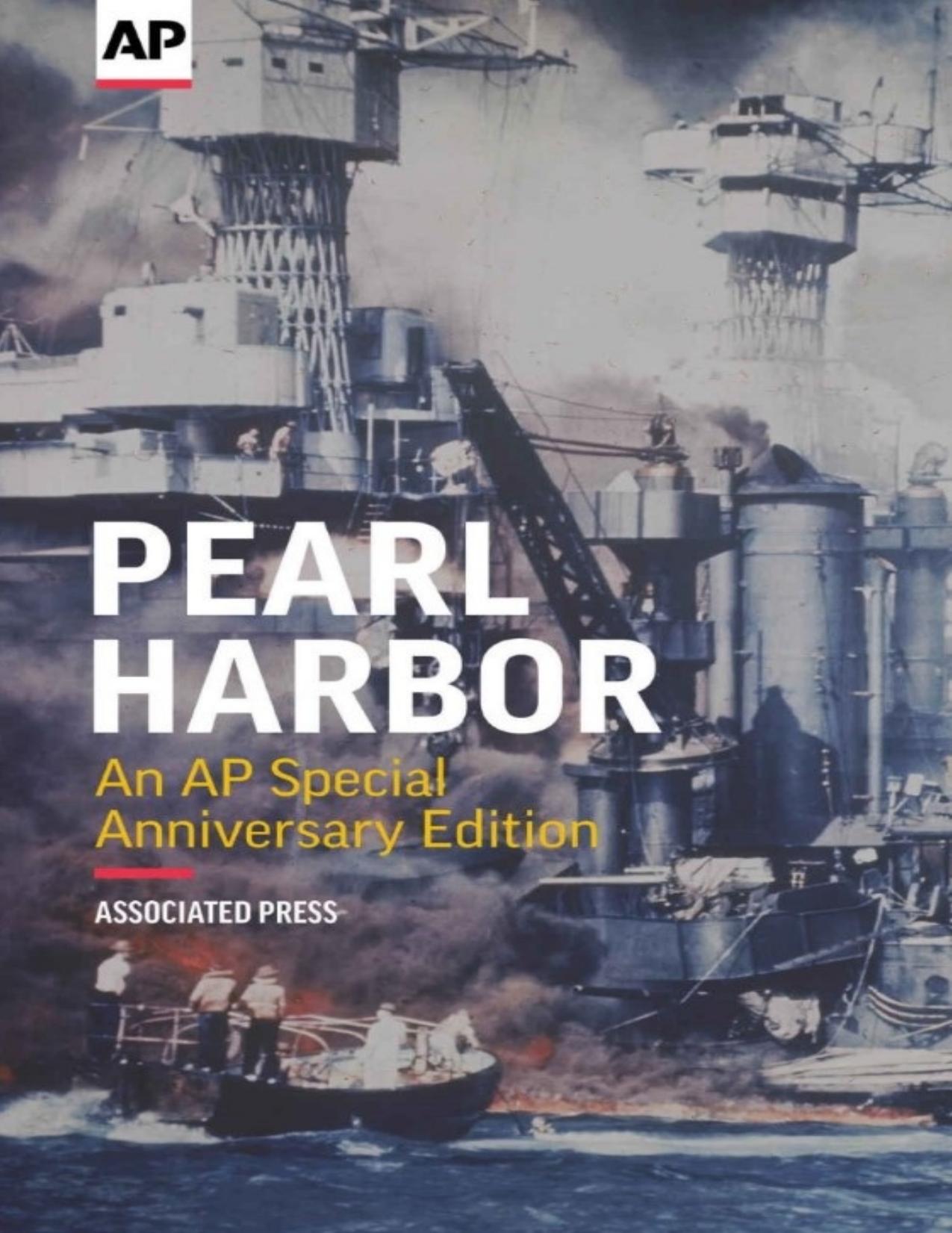Pearl Harbor: An AP Special Anniversary Edition by The Associated Press

Author:The Associated Press
Language: eng
Format: azw3, mobi, pdf
Publisher: The Associated Press
Published: 2016-12-03T16:00:00+00:00
chapter 6
Point of No Return
On January 27, 1941, in Tokyo, the Peruvian ambassador to Japan, Dr. Ricardo Rivera Schreiber, passed along some gossip he had picked up to a friend at the U.S. Embassy. The Japanese were planning to attack Pearl Harbor.
This was only days after Yamamoto had presented his proposal to do just that, a proposal wrapped in the tightest security. The source of the leak, or even if it was a genuine one, has never been traced.
Ambassador Grew passed it on to Washington for whatever it was worth. The news found its way to ONI, which concluded: âBased on known data regarding the present disposition and employment of Japanese naval and armed forces, no move against Pearl Harbor appears imminent or planned for the foreseeable future.â
Touching all bases, however, ONI replayed the rumor to CINCPAC in Hawaii. The date was February 5, 1941, the very day Admiral Kimmel took over as commander-in-chief of the Pacific Fleet. McCollum of ONIâs Asia Section advised: âNaval Intelligence places no credence in these rumors.â
In short order, Kimmel had on his desk a report that was more than rumor. It was the work of Rear Admiral Patrick Bellinger, commander of the Navyâs patrol planes out of Oahu, in collaboration with Major General Frederick L. Martin, head of the Hawaiian Air Force. The Martin-Bellinger report was completed March 31, 1941.
Said the report: âIt appears that the most likely and dangerous form of attack on Oahu would be an air attack . . . most likely launched from one or more carriers . . . probably . . . inside of three hundred miles.â Martin-Bellinger recommended patrolling a 360-degree circle out from Pearl Harbor âas far as possible to seaward.â
That was nice on paper, but Kimmel didnât have the planes available. The long-range PBY Catalinas under Rear Admiral Claude C. Bloch, commandant of Hawaiiâs Fourteenth Naval District, were needed for fleet operations, and there werenât enough to man a round-the-clock patrol anyway. The Army Air Corps had some four-engine B-17s, the Flying Fortresses which the Army was convinced, wrongly, would answer all its prayers. But General Shortâs responsibility, which he was to misinterpret, was the defense of Pearl Harbor. His planes scouted out only twenty miles. Deeper water was Bellingerâs responsibility.
The day after the Martin-Bellinger report, on April Fools Day if anyone noticed, ONI alerted all naval districts that â. . . past experience shows the Axis Powers often begin activities . . . on Saturdays, Sundays and national holidays of the country concerned . . . . Take steps on such days to see that proper watches and precautions are in effect.â
Husband Kimmel ran taut ships as a cruiser and battleship commander where anchors were weighed to the second and spit-and-polish were rubbed in generously. A graying blond of fifty-nine, he was born in Kentucky and had long dreamed of going to West Point. He had to settle for Annapolis, graduating thirteenth in his class of sixty-two in 1904, the same year Yamamoto got out of Japanâs Naval Academy.
Download
Pearl Harbor: An AP Special Anniversary Edition by The Associated Press.mobi
Pearl Harbor: An AP Special Anniversary Edition by The Associated Press.pdf
This site does not store any files on its server. We only index and link to content provided by other sites. Please contact the content providers to delete copyright contents if any and email us, we'll remove relevant links or contents immediately.
Shoot Sexy by Ryan Armbrust(17630)
Portrait Mastery in Black & White: Learn the Signature Style of a Legendary Photographer by Tim Kelly(16927)
Adobe Camera Raw For Digital Photographers Only by Rob Sheppard(16878)
Photographically Speaking: A Deeper Look at Creating Stronger Images (Eva Spring's Library) by David duChemin(16581)
Bombshells: Glamour Girls of a Lifetime by Sullivan Steve(13944)
Art Nude Photography Explained: How to Photograph and Understand Great Art Nude Images by Simon Walden(12934)
Perfect Rhythm by Jae(5297)
Pillow Thoughts by Courtney Peppernell(4185)
The Book of Joy by Dalai Lama(3873)
Good by S. Walden(3466)
The Pixar Touch by David A. Price(3342)
A Dictionary of Sociology by Unknown(2959)
Fantastic Beasts: The Crimes of Grindelwald by J. K. Rowling(2938)
Stacked Decks by The Rotenberg Collection(2788)
Humans of New York by Brandon Stanton(2779)
Read This If You Want to Take Great Photographs by Carroll Henry(2648)
On Photography by Susan Sontag(2555)
Photographic Guide to the Birds of Indonesia by Strange Morten;(2474)
Insomniac City by Bill Hayes(2471)
